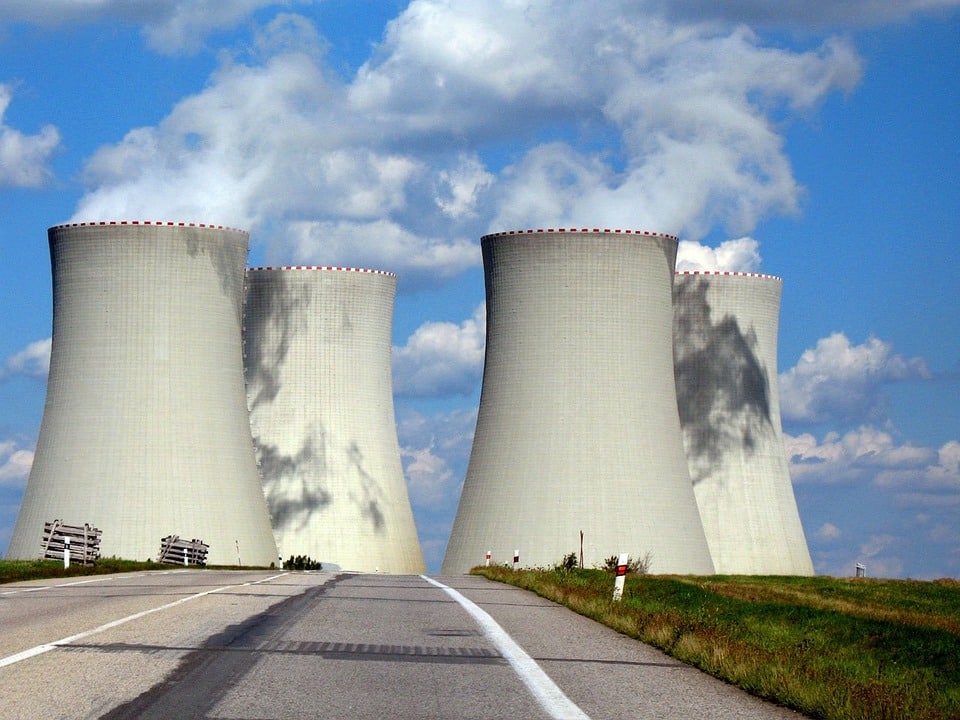U.S. Government Unveils Roadmap to Triple Current Nuclear Capacity by 2050

The White House on Nov. 12 announced a new framework to ramp up domestic nuclear energy capacity, with an ambitious target to reach 200 gigawatts (GW) by 2050. The roadmap sets two short-term targets of adding 35 GW of new nuclear capacity by 2035 and sustaining 15 GW of annual nuclear production by 2040.
To achieve these nuclear deployment targets, the newly adopted framework includes more than 30 specific actions across nine key pillars. The nine areas include building gigawatt-scale reactors, small modular reactors, and microreactors, extending and expanding existing reactors, and developing component and fuel supply chains. Last month, the U.S. Energy Department announced $900 million in funding for the advancement of small modular reactor technologies which will expedite scaling up and commercialization.
To deploy large nuclear reactors, the framework identified that the best approach is to add new units to existing nuclear sites, which will also minimize construction costs. Among 54 sites identified by the department in a recent study, some facilities that were initially designed to operate two or more large reactors have only one operational reactor. Around 41 sites have the land and water resources to deploy up to 60 GW of new large nuclear reactors.
Extending the operational lifespan of existing reactors by renewing licenses, refurbishing, and power uprating, is also an important area within the framework. Furthermore, the roadmap focuses on streamlining regulatory processes such as licensing and permitting.
Other important areas outlined in the framework include the development of the domestic nuclear workforce, component supply chains, fuel cycle supply chains, and managing spent nuclear fuel. These focus areas in the roadmap work to expand domestic nuclear capacity sustainably and responsibly, while considering the impact on local communities from issues such as abandoned uranium mine waste.
The growth in electricity demand from new sources such as artificial intelligence and data centers has drawn attention to new low-emission energy sources that are reliable and sustainable. Co-locating energy-intensive data centers with nuclear power generation facilities is becoming an increasingly popular solution among tech giants like Amazon and Google.
Recently, the department also took historic action to recommission retired nuclear facilities. In October, the department closed a $1.5 billion loan to Holtec Palisades LLC to recommission the 800 MW Palisades nuclear power plant in Michigan, which was decommissioned in 2022. In September, Constellation Energy signed an agreement with Microsoft to provide electricity for their data centers from nuclear power generated by recommissioning the Unit 1 reactor at the Three Mile Island plant in Pennsylvania.
EnerKnol Pulses like this one are powered by the EnerKnol Platform—the first comprehensive database for real-time energy policy tracking. Sign up for a free trial below for access to key regulatory data and deep industry insights across the energy spectrum.
ACCESS FREE TRIAL